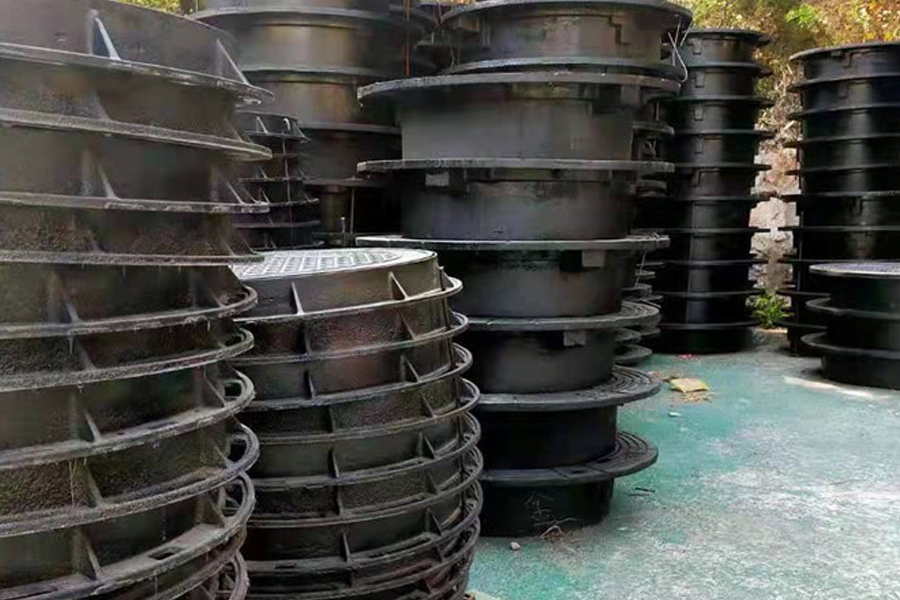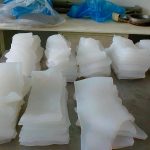
1. Reduce the original error
Improving the geometric accuracy of the machine tool used for parts processing, improving the accuracy of fixtures, measuring tools and tools, and controlling the force, thermal deformation, tool wear, deformation caused by internal stress, and measurement errors of the process system are all directly reducing the original error.In order to improve the machining accuracy, it is necessary to analyze the original errors that produce the machining errors, and take different measures to solve the main original errors that cause the machining errors according to different situations.For the processing of precision parts, the geometric accuracy and stiffness of the precision machine tools used should be improved as much as possible, and the thermal deformation of the processing should be controlled;For the machining of parts with forming surfaces, it is mainly how to reduce the shape error of the forming tool and the installation error of the tool.
This method is a basic method widely used in production.It is to try to eliminate or reduce these factors after identifying the main factors that produce machining errors.
2. Compensate the original error
The error compensation method is to artificially create a new error to offset the original error in the original process system.When the original error is a negative value, the man-made error is taken as a positive value, otherwise, take a negative value, and try to make the two equal in size;Or use one kind of original error to offset another kind of original error, and also try to make the two equal in size and opposite in direction, so as to achieve the purpose of reducing processing error and improving processing accuracy.
3. Transfer original error
The error transfer method is essentially to transfer the geometric error, force deformation and thermal deformation of the process system.There are many examples of error transfer methods.For example, when the accuracy of the machine tool fails to meet the requirements of parts processing, it is often not blindly to improve the accuracy of the machine tool, but to find ways to create conditions from the technology or fixture to transfer the geometric error of the machine tool to the aspect that does not affect the machining accuracy.
4. Share the original error
OnMold processingIn the process, due to the existence of blank or previous process errors, processing errors in this process are often caused, or due to changes in the material properties of the workpiece, or changes in the process of the previous process(If the blank is refined, the original cutting process is cancelled), Causing a big change in the original error.The solution to this problem is to use grouping to adjust the average error.The essence of this method is to divide the original error equally into n Group, each group of blank error range is reduced to the original1 / n, And then adjust the processing according to each group.
5. Average original error
For shafts and holes that require high matching accuracy, grinding processes are often used.The grind tool itself does not require high precision, but it can perform micro-cutting on the workpiece during relative movement with the workpiece, and the high points are gradually worn away(Of course, the mold is also partly ground off by the workpiece), Make the workpiece reach high precision.This process of friction and wear between surfaces is a process of continuous error reduction, which is the error averaging method.
6. In-situ processing
OnMold processingAnd in assembly, some accuracy problems involve the interrelationship between parts or components, which is quite complicated. If you blindly improve the accuracy of parts and components, sometimes it is not only difficult, or even impossible, if you use the in-situ machining method.( Self-processing and fitting method), It is possible to easily solve the seemingly difficult accuracy problem.The in-situ machining method is commonly used in the machining of mechanical parts as an effective measure to ensure the machining accuracy of the parts.
Link to this article:How to effectively improve the accuracy of mold processing








